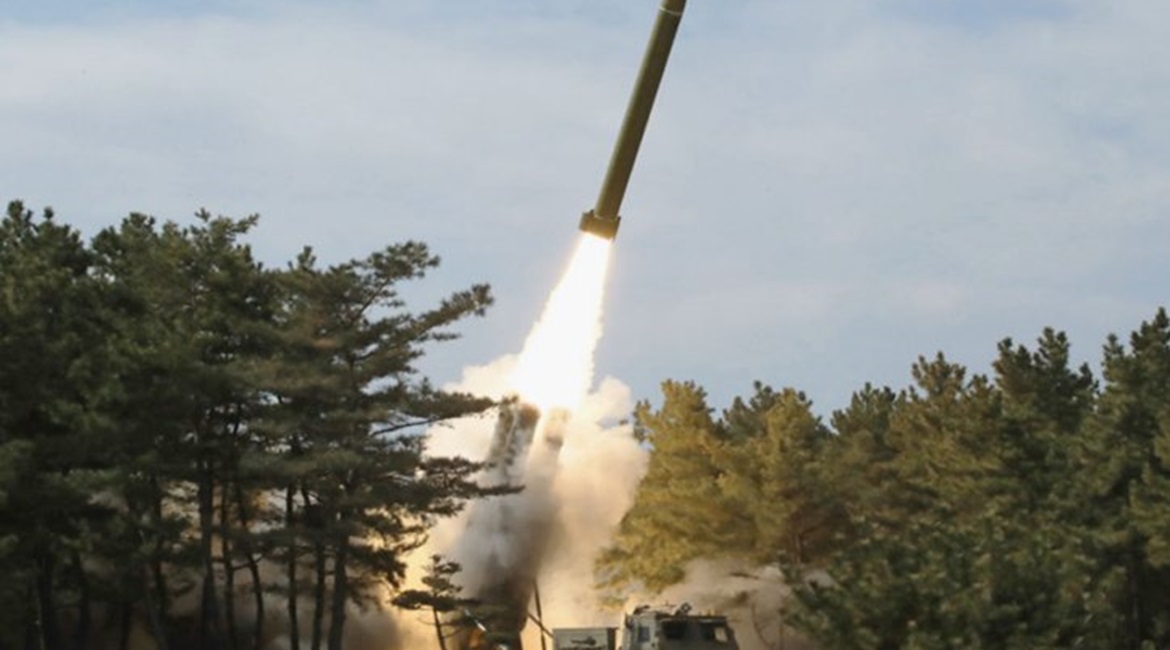
North Korea’s recent ballistic missile tests suggest that Pyongyang is striving to build a credible nuclear warfighting capability designed to evade ballistic missile defence (BMD) systems in the region, according to a 14 July report published by the US Congressional Research Service (CRS).
The report, which was authored by Mary Beth Nikitin – a specialist in non-proliferation – and research assistant Samuel Ryder, says the tests conducted over the past years have demonstrated “growing success and, coupled with increased operational training exercises, suggest a pattern designed to strengthen the credibility of North Korea’s regional nuclear deterrent strategy”.
“The recent advances in North Korea’s ballistic missile test programme appear to be directed at developing capabilities to defeat or degrade the effectiveness of missile defences deployed in the region: Patriot, Aegis BMD, and Terminal High Altitude Area Defense (THAAD),” said the authors.
Moreover, they said, North Korea’s progress with submarine-launched ballistic missiles (SLBMs) suggests “an effort to counter land-based THAAD missile defences by launching attacks from positions at sea outside the THAAD’s radar field of view, although local Aegis BMD systems could likely still track these projectiles”, they added.
North Korea’s KN-23 SRBM bears a resemblance to the 9M723/9M723E series of close- to short-range ballistic missiles used by the Russian Iskander system. (KCNA)
The level of progress made by Pyongyang with its short- and medium-range ballistic missile (SRBM and MRBM) systems demonstrates “the North Korean shift toward solid-propellants and satellite guidance systems”, said Nikitin and Ryder, noting that these advances could be carried over to “larger, more potent systems” such as the country’s Hwaseong series of intermediate-range and intercontinental ballistic missiles (IRBM and ICBMs).
Looking to read the full article?
Gain unlimited access to Janes news and more...






